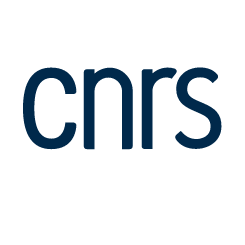Using nonlinear models in fMRI data analysis: Model selection and activation detection
Résumé
There is an increasing interest in using physiologically plausible models in fMRI analysis. These models do raise new mathematical problems in terms of parameter estimation and interpretation of the measured data. In this paper, we show how to use physiological models to map and analyze brain activity from fMRI data. We describe a maximum likelihood parameter estimation algorithm and a statistical test that allow the following two actions: selecting the most statistically significant hemodynamic model for the measured data and deriving activation maps based on such model. Furthermore, as parameter estimation may leave much incertitude on the exact values of parameters, model identifiability characterization is a particular focus of our work. We applied these methods to different variations of the Balloon Model (Buxton, R.B., Wang, E.C., and Frank, L.R. 1998. Dynamics of blood flow and oxygenation changes during brain activation: the balloon model. Magn. Reson. Med. 39: 855-864; Buxton, R.B., Uludağ, K., Dubowitz, D.J., and Liu, T.T. 2004. Modelling the hemodynamic response to brain activation. NeuroImage 23: 220-233; Friston, K. J., Mechelli, A., Turner, R., and Price, C. J. 2000. Nonlinear responses in fMRI: the balloon model, volterra kernels, and other hemodynamics. NeuroImage 12: 466-477) in a visual perception checkerboard experiment. Our model selection proved that hemodynamic models better explain the BOLD response than linear convolution, in particular because they are able to capture some features like poststimulus undershoot or nonlinear effects. On the other hand, nonlinear and linear models are comparable when signals get noisier, which explains that activation maps obtained in both frameworks are comparable. The tools we have developed prove that statistical inference methods used in the framework of the General Linear Model might be generalized to nonlinear models.
